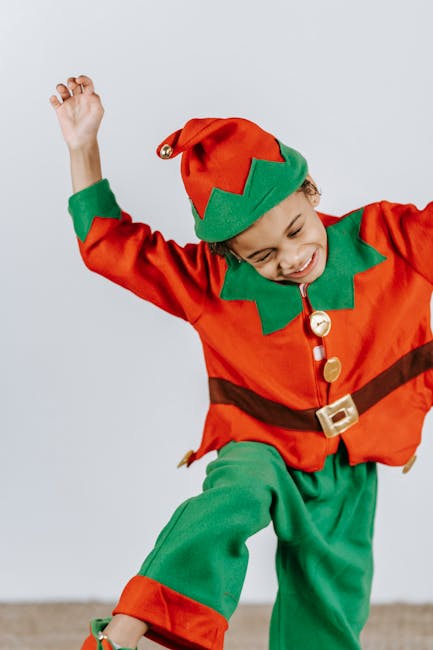 Things to Know About Preschool Dance Curriculum
Things to Know About Preschool Dance Curriculum
Dancing is more than just a form of physical activity; it’s an art that allows children to express themselves, develop coordination, and build social skills. Preschool dance curriculum is designed to introduce young children to the world of dance in a fun and engaging way. In this article, we will explore some essential aspects of preschool dance curriculum that every parent and educator should know.
1. Age-Appropriate Learning
Preschool dance curriculum is carefully crafted to cater to the developmental needs of young children. It’s essential to choose a program that aligns with your child’s age and developmental stage. Typically, preschool dance classes are suitable for children aged 2 to 5 years old. These classes focus on developing basic motor skills, balance, and rhythm while keeping the learning experience enjoyable and age-appropriate.
2. Creative Expression
One of the primary goals of preschool dance curriculum is to encourage creative expression. Dance allows children to explore their emotions and imagination through movement. They learn to convey feelings and ideas non-verbally, which can be especially beneficial for those who may find it challenging to express themselves verbally at such a young age.
3. Building Confidence
Participating in dance classes at a young age can boost a child’s self-confidence. As they master new dance moves and perform in front of their peers, children gain a sense of accomplishment and self-assurance. This newfound confidence can extend beyond the dance studio and positively impact various aspects of their lives.
4. Social Interaction
Preschool dance classes provide an excellent opportunity for children to interact with their peers. Through group activities and dance routines, kids learn to cooperate, take turns, and work together. These social skills are essential for their overall development and will serve them well as they transition into kindergarten and beyond.
5. Music Appreciation
Music and dance go hand in hand. In preschool dance classes, children are introduced to different types of music, rhythms, and beats. This exposure helps them develop an early appreciation for music and enhances their auditory skills. The ability to connect movement with music is a valuable skill that will serve them well if they decide to pursue dance further in the future.
6. Physical Fitness
Dance is a fantastic way to keep young children physically active. Preschool dance curriculum focuses on developing gross motor skills, balance, and coordination. Regular participation in dance classes helps children stay active and promotes a healthy lifestyle from a young age.
7. Respect for Discipline
Dance requires discipline and dedication. In preschool dance classes, children learn the importance of following instructions, practicing regularly, and being punctual. These principles instill a sense of responsibility and respect for authority figures, skills that are beneficial both in and out of the dance studio.
8. Costume and Performance
Many preschool dance programs include opportunities for children to perform in front of an audience, often in adorable costumes. These performances can be a highlight for both children and parents, as they showcase the progress and skills acquired during dance classes. Such experiences can boost a child’s self-esteem and create lasting memories.
9. Flexibility in Dance Styles
Preschool dance curriculum often incorporates a variety of dance styles, from ballet and jazz to creative movement and tap. This exposure allows children to explore different forms of dance and discover their preferences. It also provides a solid foundation if they choose to continue their dance journey in the future.
10. Fun and Playful Learning
Above all, preschool dance curriculum prioritizes fun and play. Learning through play is an effective way for young children to absorb new information and skills. Dance classes are filled with games, imaginative activities, and playful routines that make the learning process enjoyable.
In conclusion, preschool dance curriculum offers numerous benefits for young children, from boosting their confidence and social skills to enhancing physical fitness and fostering creativity.
If you’re considering enrolling your child in a preschool dance program, remember to choose one that aligns with their age, emphasizes age-appropriate learning, and, most importantly, encourages a love for dance through fun and playful experiences.
Dance is not just about movement; it’s a journey of self-discovery and expression that can leave a lasting, positive impact on a child’s life.